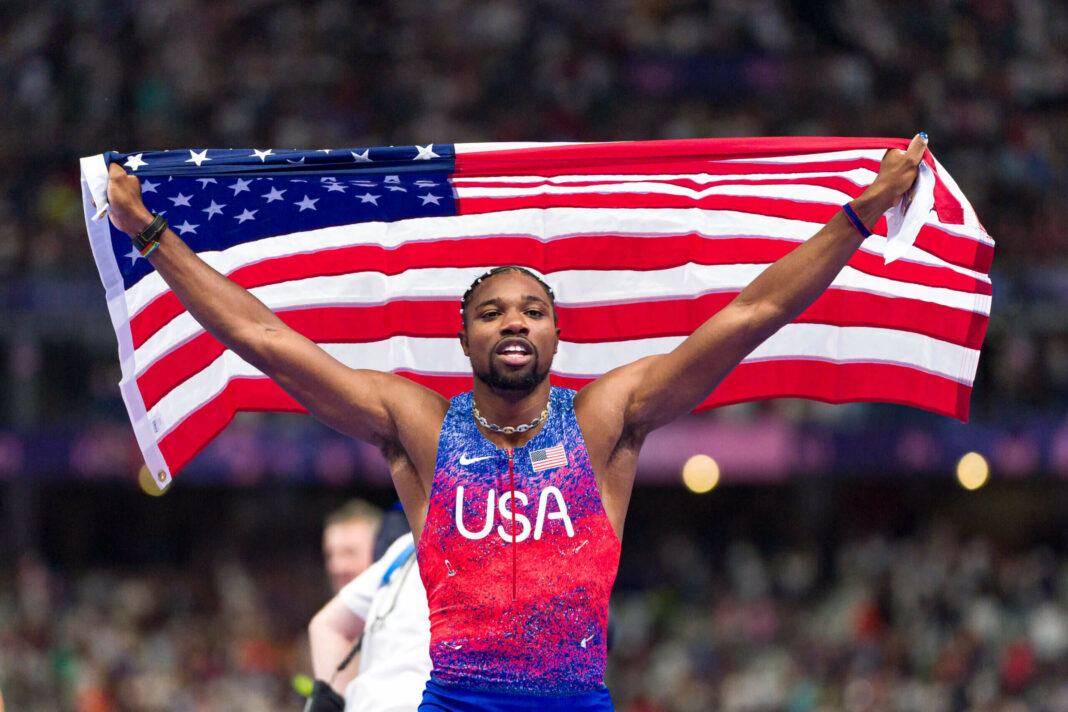How Noah Lyles became Olympic 100m champion: A 300-page textbook, biomechanics and a stickman
The Journey to Olympic Gold
Noah Lyles‘ journey to becoming an Olympic 100m champion was a combination of hard work, dedication, and a bit of luck. Lyles, known for his speed and agility on the track, had been training for this moment for years. His journey to the top was filled with obstacles and challenges, but he never gave up on his dream of winning gold at the Olympics.
The 300-Page Textbook
One of the key factors in Lyles‘ success was his commitment to learning and improving. He poured over a 300-page textbook on sprinting biomechanics, studying every detail and applying it to his training regimen. This dedication to understanding the science behind his sport gave him a competitive edge over his opponents.
The Importance of Biomechanics
Biomechanics played a crucial role in Lyles‘ training and performance. By understanding the mechanics of his body and how they interacted with his running technique, Lyles was able to fine-tune his form and increase his speed on the track. This attention to detail allowed him to optimize his stride length, arm movement, and overall efficiency, leading to faster times and better results.
A Stickman in the Studio
In addition to his textbook studies, Lyles also worked with a stickman in the studio to analyze his running form and make adjustments. By visually seeing his movements and body positioning in real-time, Lyles was able to make immediate corrections and improve his technique. This hands-on approach to training helped him to continually refine his skills and stay at the top of his game.
Conclusion
Noah Lyles‘ journey to becoming an Olympic 100m champion is a testament to the power of hard work, dedication, and a commitment to continuous improvement. By studying biomechanics, working with experts, and never giving up on his dream, Lyles was able to achieve his ultimate goal and stand on top of the podium as a gold medalist. His story serves as inspiration to athletes everywhere, showing that with the right mindset and tools, anything is possible.
FAQs
1. How long did Noah Lyles train before winning Olympic gold?
Lyles had been training for several years before achieving his goal of becoming an Olympic champion. His commitment to learning and refining his technique played a key role in his success.
2. What role did biomechanics play in Lyles‘ training?
Biomechanics was crucial in helping Lyles optimize his running form and performance. By understanding how his body moves and functions during a sprint, he was able to make the necessary adjustments to improve his speed and efficiency.
3. How did working with a stickman benefit Lyles?
Working with a stickman in the studio allowed Lyles to visually see his running form and make immediate corrections. This hands-on approach to training helped him refine his skills and continually improve his technique.




